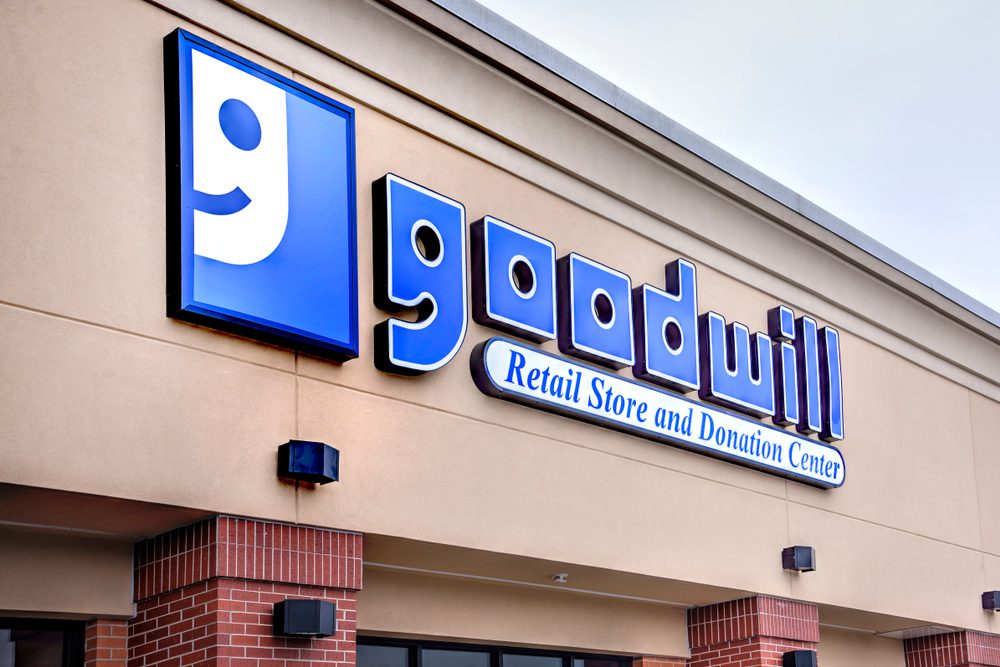
4. Name-Brand Cereal
The cereal aisle is a battleground for your dollars, and big brands spend millions on advertising and prime shelf placement. This marketing cost is passed directly on to you. While we all have our favorite childhood brands, the truth is that the store-brand versions sitting right next to them are often nearly identical in taste and quality. The markup on name-brand cereals can be 40% or more compared to their generic equivalents.
These big brands also practice what is known as shrinkflation. Shrinkflation is when the manufacturer reduces the amount of product in the package but keeps the price the same. You might notice your favorite box of flakes feels a little lighter than it used to. It is not your imagination; the box that once held 18 ounces might now only hold 15 ounces, but it costs the same or even more. This is a sneaky way to increase the price per ounce without you noticing.
The Money-Saving Move: Embrace Store Brands and Stack Deals
The easiest win here is to try your supermarket’s store brand. Whether it is called “Private Selection,” “Great Value,” or “Market Pantry,” these products are often made in the same factories as the name brands. Pour it into a bowl, and it is very likely you will not be able to tell the difference. Always compare the unit price on the shelf tag to see the savings for yourself.
If you are loyal to a specific name brand, the key is to never pay full price. This is where you can practice deal stacking. Deal stacking is a technique where you combine multiple discounts on a single item. For example, wait for the cereal to go on a weekly sale, like “2 for $6.” Then, use a manufacturer’s coupon you found online or in the Sunday paper, perhaps for “$1.00 off two boxes.” Finally, check your store’s digital app for any additional loyalty discounts. By stacking these offers, you can often get name-brand cereal for less than the store-brand price.









